8 BIG Things That Will CHANGE in Disney’s Future
The Magical Express is gone! Disney has shifted its focus to streaming! Extra Magic Hours have been replaced! A LOT has changed with the Disney company and the Disney parks over the past few years, but things are only just getting started.
There are some major ways that Disney could be different in the future. From the way it handles new movie releases to the types of hotels you’ll get to stay at — Disney could be dramatically different 2, 5, or even 10-15 years from now. Here’s just what things could CHANGE in a big way.
1 — Movie Releases
First up, the way Disney chooses to release its movies in the future could be very different. We’ve already seen evidence of that with the way its chosen to release films during the pandemic and post the pandemic closures.
Disney films could have shorter theatrical release windows, sort-of like how we’ve seen done with some films already. Variety even published an article back in May of 2021 entitled “RIP to the 90-day theatrical window.” In it, they note that while the 90-day theatrical release window had been the old standard, things have dramatically changed.
For example, Disney released Shang-Chi and the Legend of the Ten Rings and Free Guy both in theaters, but only for 45 days, after which time they’d become available for fans to watch at home. And Disney wasn’t the only studio to play around with release dates to see how that could impact profit. (Variety)
Studios had previously argued that fans wouldn’t pay to see movies in the theaters if they could watch them at home just a few weeks later. But a pandemic and not being able to go into the theaters at all, plus some lingering hesitancy to return to the theaters and the explosion of streaming services, has ushered in a new era. (Variety)
That trend of having shorter, 45-day theatrical releases could continue into the future. In fact, Cineworld cinema group’s CEO, Mooky Greidinger, has said that the “new normal window is around 45 days. The big movies we know already from the studios will have even a longer window; some of the movies will have a shorter window.” (Variety)
Some Disney/Pixar movies might skip the theaters entirely though. Again, this is a trend we’ve already seen play out. Soul, Turning Red, and Luca are just some of the big films Disney has decided to release solely on the streaming service (for FREE) — skipping theaters entirely.
When discussing the premiere of Soul directly on Disney+, Disney shared, “With over 60 million subscribers within the first year of launch, the Disney+ platform is an ideal destination for families and fans to enjoy a marquee Pixar film in their own homes like never before.”
We’ve also seen films released using a combination of methods — like a release on Disney+ through Premier Access (requiring additional payment) or a release on Disney+ and theaters simultaneously.
How does Disney decide — Disney+, theaters, a combination? Well, during one earnings call, Disney CEO Bob Chapek said “It’s going to be dependent, though, on what our slate of titles are and whether we think that we need to put something on the service for those particular guests, or whether this is something that we could use as another data point in our exploration of Premier Access same date with theatrical.”
Chapek noted, “it’s really about flexibility, and we’re going to steer our decision-making over time given what information that we get from our guests and our subscriber base on what they prefer.”
So, if Disney feels that subscribers prefer to just have a movie released on Disney+ or if Disney feels the need to pull in more subscribers, it might release a film there. If it feels like a theatrical run could do well, then that could change things.
But the current trends seem to indicate that the long, extended theatrical releases of old is probably not something that’ll return.
How much has Disney made with Premier Access movies? Click here to see!
2 — How Disney Handles Hot Topics
Disney is no stranger to dealing with big political matters or other hot topics in the world (it’s not as though they exist in a vacuum), but the situation surrounding Florida’s Parental Rights in Education Bill (what critics call the “Don’t Say Gay” bill) and the actions that have followed may change how they handle things in the future.
Disney’s initial lack of response to the bill garnered some heavy criticism. Disney’s initial response was also critiqued. The Orlando Sentinel shared that that “Disney [was] criticized by employees, fans and legislators for not taking a firmer position against discrimination against the LGBTQ community.”
Ultimately, we ended up seeing Chapek issue an apology for Disney’s handling of the situation, a rejection from the Human Rights Campaign of Disney’s donation to the organization, walkouts from Disney employees, a firm statement against the bill when it was signed into law, and a response to Disney’s statement from the Florida governor.
For a while there, Disney and its response to this bill didn’t escape the news. And it’s after-effects are still being felt, in a way. Following Disney’s statement opposing the “Don’t Say Gay” bill’s passage, a Florida representative shared that there have been meetings held by some regarding the potential repeal of the Reedy Creek Improvement Act — the act that essentially lets Disney World act as its own county and govern its own land.
Florida Governor Ron DeSantis then expanded the Florida legislature’s special session to be able to consider repealing this act. The bill that will dissolve the Reedy Creek Improvement District was then passed by the Florida House of Representatives, Florida Senate, and ultimately signed by Ron DeSantis, making it law.
What could Disney’s future handling of political and “hot” topics look like in the future? To answer that, we spoke with Professor Aubrey Jewett, an assistant school director and associate professor in the School of Politics, Security, and International Affairs at the University of Central Florida.
Professor Jewett started by taking us on a trip as to how Disney has typically handed political matters in the past. He noted that historically Disney has worked mostly “behind the scenes” to try and influence legislation. They’ve invested millions of dollars in donations to political parties and more over the last 25 years to do this. They’ve also hired lobbyists.
In-kind donations (in the form of tickets to the parks or hotel stays, etc.) has also been a tool Disney has utilized. Providing those to political parties, which then trickle it down to candidates or other members, provides a great incentive to keep working with Disney in the political realm. Nothing an all-expenses paid trip to Magic Kingdom can’t heal.
Jewett noted that, like any big corporation (and especially a big business) Disney may give more to the party in charge of the state, but still gives to the other party. Essentially, it was a sort-of “spread the wealth” and get everyone on your side strategy. But, with Republicans essentially in charge of the state of Florida’s government for the last several years, Disney has given disproportionately to Republicans.
Jewett noted that as a corporation, taking a big public stance on controversial issues is typically not a smart idea. Disney, in particular, is a business that is trying to be popular to a wide spectrum of people. As Jewett put it, they really don’t want to upset anyone if they can help it, and in the past that has worked.
But, with the “Don’t Say Gay” Bill they got a heavy amount of criticism for their silence, including from this inside the corporation. Eventually, Disney’s CEO, Bob Chapek, decided he needed to speak up and do more, including the pausing of political contributions in Florida.
And then the situation with Reedy Creek followed, which could directly impact Disney’s operations in Florida.
So what’s the path forward when it comes to Disney and its handling of big issues or political matters? Well, Jewett pointed out that there’s no real way to say for sure. At this point, it’s all speculation, but there are a number of ways things could go.
Professor Jewett noted that very often what happens with most big companies is that they simply go back to “business as usual,” and that’s a possibility here. Jewett gave this path more than a 50% possibility, saying it was the most likely possible outcome. Jewett said that oftentimes when businesses find themselves in a controversial issue, they pause their donations, etc., say they’ll reevaluate, and 6-10 months down the line they go back to doing their same strategy as before.
Disney could do the same and eventually just go back to its behind-the-scenes work with lobbyists, sprinkling money across both parties, in-kind donations, and more — letting things just blow over.
Jewett said another alternative is that Disney could really start screening candidates they give money to, the way they claimed they would. They might start really asking questions about what bills those candidates would support, and not just looking for candidates that support favorable business regulation and low taxes. Instead, Disney could make it clear that LGBTQ matters is of big importance to them. So maybe they don’t just go back to sprinkling money to everyone.
But, Jewett reiterated that other companies typically go back to “business as usual.” That doesn’t mean Disney will follow that pattern, but the precedent from other companies is there to certainly support it.
The big thing Jewett noted is that Disney hopefully has learned that you can’t “straddle” the issue and then later come out with a strong stance. He noted that it simply didn’t work this time.
Jewett said that another possibility is that Disney simply gets out of politics entirely — doesn’t donate money to candidates or get involved at all. Though it’s possible, Jewett said it was the “least possible solution” because in modern America, Disney is the type of huge company with many interests that could be impacted greatly by the legislature.
Jewett equated it to being a turtle inside of its shell and said this strategy is one he doesn’t think will truly play out.
Ultimately, Jewett noted, as a large company, the path forward for Disney may be to (to some degree) avoid controversial issues unless they directly affect the company. In this instance (with the “Don’t Say Gay” bill) they clearly determined that it did affect them. Jewett shared that one strategy Disney could consider moving forward is simply being more clear about their values as a company and the policies that they would and would not endorse, and ensuring the individuals they support on the political end have similar views.
At the end of the day, he noted that there’s really “no getting around how important Disney is to the state” in terms of the jobs it produces, taxes it helps pay, and economic activity it stimulates. Florida truly gets a level of international recognition largely due to Disney’s presence, and that has been valued historically by both Republicans and Democrats.
Jewett noted that at some point cooler heads may prevail…or they might not. It’ll all just be a matter of time. Disney and the powers that be might not always agree on matters — and it seems they’ll now have to figure out just how to handle that when issues like that arise again the future. Perhaps they could use an arsenal from Jewett’s classroom lessons — people don’t always have to agree, the goal is simply to be able to discuss differences knowledgeably and peacefully.
Not too long ago, we saw Disney hire a new lead spokesperson with political experience (former roles in both the Biden and Obama administrations), so that seems to indicate that the Company is carefully considering how to handle things going forward.
Only time will tell what path Disney chooses to take moving forward when it comes to big issues and political matters.
Click here to learn more about Reedy Creek and how changing that arrangement could spell “disaster” for Disney
3 — How Disney Looks at Things That Are or Were “Included” in a Vacation
Let’s face it, some of the things that used to be included in your Disney vacation simply aren’t included anymore. MagicBands for hotel guests, FastPass+, Disney’s Magical Express, free parking at the resort hotels for guests — all of these things are either gone entirely or have been replaced by new Disney or third-party programs that cost extra.
And yes, it is exactly as you’re thinking — this could all be an indication of where the future is headed. What other “free” things could Disney ultimately charge for separately in the future? Or how could Disney charge guests more in a more roundabout way (like how they’ve made Extended Evening Hours only available for Deluxe Resort and Deluxe Villas guests, rather than for all guests, encouraging guests to stay at the more expensive resorts to get that bonus time in the parks)?
We don’t have a crystal ball, but if the past and present are any indication, Disney might be looking at these things to determine what they can and cannot charge for separately in the future.
Click here to see 30 things that are still free in Disney World
4 — Hotels
Hotels is another area where Disney’s past could indicate a very unique future. Think about the last few years — what hotels has Disney World built or announced will be built in the future? Disney’s Riviera Resort (a Disney Vacation Club Resort), new Disney Vacation Club Villas coming to Disney’s Polynesian Village Resort, new Disney Vacation Club rooms coming to Disney’s Grand Floridian Resort & Spa (Disney is transforming standard rooms into DVC rooms), and even Reflections — A Disney Lakeside Lodge (a Disney Vacation Club Resort) — all of these have been announced or built within the last few years. See a trend here? Ah yes, it seems like Disney Vacation Club is pretty popular right now.
Though not DVC, even Gran Destino Tower (a moderate resort) shows the trend toward focusing on hotels and rooms that are more on the expensive side.
From what it looks like, Disney appears to be prioritizing the creation of new DVC rooms and resorts, presumably because this can improve their profits when it comes to hotel sales and more. New DVC rooms and resorts means the potential for more DVC members and more DVC member stays. Once you’ve paid for DVC points, you likely feel the need to use them and not lose them. That likely encourages DVC members to book trips, which then results in those members spending money on tickets, food, drinks, merchandise, etc., all of which ultimately helps Disney’s ability to make a greater profit.
More DVC rooms also gives regular guests more rooms to choose from, but these DVC typically come at a higher cost than standard Disney World hotel rooms (again improving Disney’s bottom line).
If none of that convinces you, consider this — Disney specifically shut down one building at Disney’s Grand Floridian Resort that had standard guest rooms and is currently converting those to be 200 brand new DVC Resort Studios. There really is no clearer way to show a preference for DVC rooms over standard accommodations than REMOVING standard ones to replace them with DVC options.
The last Value Resort really to open at Disney World was Disney’s Art of Animation Resort back in 2012. That’s essentially 10 years ago. Since then, the focus really hasn’t been on value hotels at all.
And Disney isn’t alone when it comes to reevaluating its focus when it comes to hotels. We spoke with Alan X. Reay, president of Atlas Hospitality Group, regarding hotel trends in general. Reay has a wealth of knowledge in the hotel industry and Atlas Hospitality Group is a market leader in California hotel sales.
When we asked what trends Reay has seen when it comes to hotels, he noted that the majority of new hotel development is mainly in the “limited service sector” and in hotels that are on the upper-end. While a full service hotel will typically have restaurants and 24-hour room service for guests to enjoy, limited service hotels may have breakfast in the morning, but generally won’t have a full service restaurant for lunch or dinner. Essentially, it’s a matter of food service options.
Reay pointed out a recent hotel sale as a major example of this. Just recently, the Sheraton New York Times Square Hotel, which features 1,780 rooms(!) recently sold for just around $356 million. Compare that to 2005, when it sold for nearly $738 million and you can see how large, full service hotels are simply not being looked at as the path forward.
In terms of developments being more focused on higher-end hotels, Reay shared that emerging brands seem to be focused more on smaller room types. Reay explained that this could very much be targeted to the millennial audience — the types of guests who spend very little time in their room, and instead come down to the lobby to hop on their laptops and hang out where there’s a bar. Reay shared that the movement is toward a smaller, high-tech room, as opposed to full-service hotels with full-suite concepts.
We have seen that reflected in Disney somewhat with hotel spaces like the Riviera, which features some of Disney World’s TINIEST rooms (though the hotel does still have plenty of food options).
But Reay also mentioned that during the height of the COVID-19 pandemic, the segment that did the best was extended stay projects. Reay shared that the kitchen in these spots and the way that they were self-contained was beneficial for those seeking to go out but still stay contained in a single space. He also noted that from an operational standpoint, these extended stay projects tend to be a very profitable model.
That could tie into what we’re seeing in Disney with expanded DVC rooms. DVC rooms feature a kitchenette or full kitchen and tend to be larger and more self-contained. That could be one reason why Disney’s investment in this area will ultimately pay off, as more families may simply have gotten used to that format of stay and may continue to seek it out.
Reay shared that the big trend here is that no new budget motels are being added to the supply. Instead, some of these are actually being bought out and even repurposed as apartments or low income housing. Reay said that what has resulted is a big “cleaning out” of budget motels, leaving “very few options left for people who want to have affordable vacations.”
In a sense, Reay shared that this might tie into what we’re seeing at Disney. If there are few budget motel options available, then perhaps buying into a Vacation Club membership won’t seem quite as bad of an investment to some people. It can make things more desirable since you’re buying in generally at a set price, especially when you see what some of the other hotel rooms will cost you for just a single night’s stay.
Reay did say, however, that (at least from what they’ve tracked) they aren’t really seeing an increase in focus on timeshare properties in terms of it being a trend hotel companies are focusing on.
Going back to what we mentioned above, focusing on more expensive, upper end hotels is a trend he’s noticed. According to Reay, a big benefit of focusing on upper-end resorts is cost. As Reay put it, if a hotel costs $400 a night and housekeeping is $15 per person per hour, that’s different than a hotel with the same labor costs, yet rooms that cost a fourth of the price. Basically, higher end hotels can afford to pay the labor costs without it taking up an astronomical amount of their expenses.
Reay shared that this plays into the focus being pulled away from budget motels. He noted that these are really disappearing because it’s becoming difficult from an economic standpoint to pay the kind of rates you have to pay for wages.
He noted that if rates continue to go up in the next 2-3 years, that might just be another good sign for the timeshare industry, which again generally presents people with the chance to buy in at a more set price.
What could the future hold for hotels as a whole? We asked Reay this and he shared some thoughts. The trend seems to be that budget hotels are being purchased and “repositioned at a higher and better use,” which is something that he sees continuing. Some of these budget hotels are sitting on valuable land, so what we’re seeing is people purchasing the hotels and either changing them to low income apartments or otherwise finding other uses.
Reay also shared that there could be growth in extended stay products, allowing people to feel self-contained but still go on vacation.
When it comes to large, full-service hotels, developed for conventions and what not, Reay shared that COVID may have changed that. People have gotten used to Zoom meetings, so will we ever get back to in-person conferences with 5,000 attendees? If we don’t, those larger, more convention-style, full-service hotels could become functionally obsolete.
In Disney’s case, how do these hotel trends fit in? Disney has played into that upper end trend of smaller hotel rooms and expensive prices (like at Riviera). It has also worked into that extended stay concept, potentially, with more DVC rooms which feature the kitchens or kitchenettes that families may like from extended stay hotels. And if hotel prices rise, standard hotel rooms continue to decrease in size, and more full-service options go away, perhaps investing in DVC won’t seem like as difficult of a financial choice for those seeking to go to Disney time and time again.
Ultimately, if demand is strong and Disney sells out those new DVC rooms, gains new DVC membership, etc. then this focus on DVC rooms (and other moderate and deluxe resorts, if similarly popular and successful with fans) could continue. If, on the other hand, the higher prices of these rooms drive out fans, Disney may need to circle back and realign their focus to be more in line with consumer demand and want. That’ll likely all depend on guest response.
Click here to learn more about the expansion planned for Disney’s Polynesian Village Resort!
5 — Focus on Technology
Two years from now, or even five years from now, think you’ll be looking at your phone LESS or MORE in the Disney theme parks? If the past few years have been a sign, Disney and Disney guests’ reliance on technology in the parks will only get bigger as time goes on!
The last few months and years have really been a time of growth when it comes to reliance on technology. Disney guests can now unlock their hotel room door, obtain a digital park ticket, mobile order their food, check-in for their dining reservation, check wait times, make Genie+ and Individual Attraction Selections, chat with Cast Members (though the response times here can be very delayed!), purchase merchandise, and SO. MUCH. MORE. all with a few taps on their phones.
If a guest absolutely REFUSES to use their phone, there are workarounds like regular merchandise checkout lines, etc. But in many ways, the focus on technology is being heavily encouraged. For example, in many places, Mobile Order is essentially required (though Cast Members can work with guests who are using cash or otherwise can’t mobile order).
You can see that played out even more with things like Genie+, where there are no in-park kiosks to make Genie+ selections like there were for FastPass+. You could speak with Cast Members for assistance, but it’s not quite the same as walking up to those old kiosks to make FastPass+ selections. In a plan Disney post, a Disney Cast Member even noted that Mobile Order and Genie+ are only available through the My Disney Experience app and require a mobile device.
Things like Virtual Reality and Augmented Reality have also been worked on in spaces like The VOID. But Disney has also filed some patents related to AR and VR that could point to their use in the external theme park environment.
Take that and pair it with the walking Baby Groot robot, Genie+ AR filters, Disney’s interest in the metaverse, and other uses of technology in the parks, and it seems pretty clear where this trend is heading.
While it doesn’t mean physical things will be going away (after all, the Disney Theme Park Metaverse is “A shared magical world, created by the convergence of virtually enhanced physical reality and physically persistent virtual space“), it could mean we’ll see technology play a much larger role in the parks and at home in terms of guest interactions with Disney as a brand, Disney rides, Disney characters, and more.
What could the future look like in terms of technology in the theme parks? To answer that question we spoke to a few different folks. First, we had the chance to get some answers from Keith Dunphy (Chief Revenue Officer) and Norman Miglietta (Head of Global Marketing) at the Omnico Group. Omnico works with companies in a variety of industries including attractions, retail, and hospitality. They focus on technology to help “unite the customer journey to improve guest engagement and drive spending.”
They shared, “Theme Parks and Attractions are entering a brand-new era, an era centered on Technology-Enabled Guest Engagement, and using technology to deliver a seamless visitor journey and to help make sure that guests are getting the most out of their visit.” The pandemic crammed years of development into just a few months, and “[g]uest engagement is never going back to the way it was pre-pandemic.”
According to the folks at Omnico, “Theme Parks and Attractions that want to remain successful don’t have a choice but to listen to what their guests want and deliver it.”
What do customers want? Well, Dunphy and Miglietta shared, “[t]oday’s consumers have grown accustomed to speed and convenience, so keeping them engaged means ensuring seamlessness across the attraction’s many touchpoints.”
And the new technology presents exciting opportunities for businesses — including new ways to generate revenue. But, theme parks have to be ready to hop on the train. As they put it, “This isn’t just a short-term change.”
How could things change in the future? The folks at Omnico noted that their last research report showed that “visitors welcome innovative tech.” In fact, “over a third of respondents (35%) said they would spend double on food and beverages if they could use a smartphone app for advance ordering.”
The tech we’ve already seen in the parks is just the beginning. Dunphy and Miglietta said that “we have a ways to go in terms of working with customers to drive guest engagement,” so adoption and expansion of the tech will be things driving the future.
Other trends that could pop up include leveraging the power of “power of personalization and localization” — “Finding ways to respectfully anticipate the customers’ needs and help direct them inside a property in a way that helps enhance their experience.”
That’s actually something we’ve seen implemented in a way through the My Disney Experience app and Disney Genie, where it can prompt you with suggestions of where to go eat, what to do next, etc., anticipating your hunger or other needs.
According to Dunphy and Miglietta, technology in the parks will also have to address some of “the biggies” — crowds (especially as concerns with COVID-19 continue and face mask rules loosen), long lines, and the over-selling of events.
What other ways could theme parks’ use of technology change in the future? We spoke to Professor Carissa Baker to get her thoughts. Professor Baker teaches at the University of Central Florida’s Rosen College of Hospitality Management and has an expertise in “Theme Parks and Attractions, Narrative and Culture, Guest Experience, Media Studies, Technology, Sustainable Tourism, Literary and Media Tourism.”
Professor Baker noted that while theme parks have always made use of technology, there are 3 big areas that she’s seen in terms of trends. One trend she’s noticed is making more “explicit use of it,” rather than it simply being in the background. “Gamification” is part of that. She specifically mentioned rides like Buzz Lightyear’s Space Ranger Spin or Men in Black as examples of this — places where guests are now competing against one another.
She said that utilizing technology for storytelling has been a big thing — specifically adding a narrative overlay at places like the Star Wars Hotel or Star Wars: Galaxy’s Edge with things like the Datapad. Another thing she mentioned was projection shows and how parks are realizing “everything can be used as a surface for a show.”
The second area where she’s seeing a lot of technology used is on the operational side — things that streamline the process. She shared that Disney has typically been at the forefront here, but the pandemic really pushed things to a different level with mobile order, reservation systems, virtual queues, etc.
The final area she pointed out is communication technology. She shared that use of social media by theme parks has significantly increased, and more places are leveraging that form of technology and particularly the use of hashtags to communicate and get their message across.
When talking about how technology in theme parks could change, Professor Baker shared that traditionally technology has been an “add-on.” But, in some places it’s becoming essentially required, like at Universal’s Volcano Bay Water Park where a tap bracelet system is required to get on most rides there. She said she doesn’t think Disney is quite there yet, but it may get to the part where you are essentially required to use the tech.
According to Baker, we could get to a point where “the experience is not as rich if you’re not willing to use the technology.”
Baker said there are pluses and minuses to the heavy use of technology in the parks. There are some people who love the customization, personalization, and ease that can come with technology, but others will miss the human touch.
But if the technology can improve the guest experience, making individuals more satisfied, that guest satisfaction can lead to important things like greater revenue and repeat visitation. Technology itself can encourage repeat visitation through things like battles or digital badges that cannot all be completed or collected in 1 trip. And, of course, technology like queue products and things like PhotoPass (which cost the guest money) can directly impact revenue streams.
So what could the future hold in terms of theme park technology, according to Baker? A few things actually. First, more entertainment technology, especially drones and immersive screens. The use of drones at other parks like Disneyland Paris, seems to support this. She also shared that she went to a showcase for future technology in Dubai and there were “tons of drones.” She also pointed to the use of really great screens in places like The Bourne Stuntacular in Universal Orlando or the Pirates of the Caribbean Ride in Shanghai Disneyland of potential looks into where the future could be headed.
The other thing she mentioned was Augmented Reality (which we touched on above), like what we’ve seen utilized for Mario Kart: Koopa’s Challenge in Super Nintendo World in Universal Japan. Professor Baker shared that there could be spaces in dark rides that utilize AR to put in overlays, and she shared that Disney has put in several patents for similar types of technology.
Things like EPCOT’s upcoming PLAY! Pavilion are a good example of all of this. The entire space is described as a “digital metropolis” and is going to have interactive experiences, games, hands-on activities, and Disney characters in both virtual and real forms. So it just shows where things appear to be headed.
And finally Professor Baker pointed out the metaverse and how this could probably involve layers of technology and storytelling. It’s another thing she said that Disney has mentioned quite a bit about lately and could point toward their goals for the future.
Will technology become essential for fans to use to really enjoy theme parks in the future? We asked Professor Baker this question and she cautioned that she doesn’t think technology will be “necessary” for people to use to experience the parks. BUT she did she that she thinks at some point, “if you’re not tech savvy you’re not going to get the complete experience.”
She pointed directly to the Datapad experience utilized on the Star Wars Hotel and Galaxy’s Edge. She noted, while you can probably enjoy these things without the datapad, you get a more full and complete experience by utilizing it to interact with the world around you, especially at the Star Wars Hotel, where it has been so highly integrated.
Will you have to be a tech expert though? Omnico’s Dunphy and Miglietta don’t think so. They said, “Depending on the guest being technically savvy is a mistake…One of the main benefits of the most successful technology that is being used at parks currently is that they utilize much of the same intuitive user interfaces that customers use at home such as touchpad screens. Any future designs must follow this same approach.”
So while you may need to use your phone for many things or to get the complete experience, it doesn’t mean you’ll necessarily need to be an absolute pro when it comes to tech stuff, things should still be user-friendly — at least in their view.
Ultimately, a greater emphasis on technology in theme park attractions, shows, and experiences could change the Disney experience in the future. Only time will tell how they impact things from a storytelling, narrative, and operational standpoint, and just how many people will get bumped into as everyone stares at their phones.
Click here to see why the PLAY! Pavilion could be much more than we think!
6 — Greater Inclusion
Wider inclusion of people of other cultures, races, genders, sexual orientations, and more is another thing that could be part of Disney’s future.
Back in 2020, “inclusion” was added as the 5th key of Disney’s guest services model (the other keys being safety, courtesy, show, and efficiency). The key was so important that rather than getting a specific rank of importance, Chairman of Disney Parks, Experiences, and Products Josh D’Amaro said that inclusivity will actually be encouraged through all the keys. Inclusion will “not only serve as its own key, but it will be incorporated into all the other four keys.”
Following the situation with the “Don’t Say Gay” bill, Disney also announced that it would be “creating a companywide task force to develop strategies and action plans to work with employees, creators and Disney partners to be a more positive force for the LGBT community.”
Part of the focus of the task force would be new content for children and family, and Chapek and other leaders indicated that they would do a “global listening tour of employees.”
Following backlash on Disney’s handling of the “Don’t Say Gay” bill situation, a same-sex kiss was also put back in to the Lightyear film.
In an earlier letter signed by “The LGBTQIA+ employees of Pixar, and their allies,” the signatories shared, “We at Pixar have personally witnessed beautiful stories, full of diverse characters, come back from Disney corporate reviews shaved down to crumbs of what they once were. Nearly every moment of overtly gay affection is cut at Disney’s behest, regardless of when there is protest from both the creative teams and executive leadership at Pixar. Even if creating LGBTQIA+ content was the answer to fixing the discriminatory legislation in the world, we are being barred from creating it.”
According to some sources, Pixar effectively “engaged in self-censorship…out of an abiding belief that LGBTQ content wouldn’t get past Disney review because Disney has needed the films to play in markets traditionally hostile to LGBTQ people: namely China, Russia, much of West Asia and in the American South.”
But now it looks like things have changed, at least when it comes to Lightyear and that same-sex kiss being put back into the movie. We’ve also seen LGBTQIA+ characters in other Disney shows like Owl House (which has Disney’s first bisexual lead character per Variety), the Disney short Out which is on Disney+, the Disney+ original series High School Musical: The Musical: The Series, and more.
And we’ve seen more cultures represented in the more recent Disney films, like how Raya and the Last Dragon is Disney’s first Southeast Asian princess, how Encanto is meant to be inspired by Colombia, and how Coco showcases Mexican culture.
Disney stories themselves have also changed. While classic romance stories still exist we’re seeing some stories focused more on adventure (Raya and the Last Dragon), sisterly love (Frozen and Frozen 2), family and brotherhood (Onward), and family dynamics across generations (Encanto and even Turning Red).
Plus, we recently saw 2 Marvel properties recognized for disability representation, in this case actors who are deaf.
Disney seems to be dedicated to inclusion and that could truly impact the characters we see on the screen in a few years. Our lead characters and side characters could end up being much more diverse in a number of ways a few years from now and they could look a little bit more like the diverse people we see around us.
Click here to see how Disneyland is embracing diversity in its shops!
7 — The Unique Projects Disney Tackles
Theme parks, movies, merchandise, cruise ships, Adventures by Disney — you may already be very familiar with Disney’s involvement in these things. But recently Disney has gone far beyond its more “typical” realms and that could be a sign of what’s to come.
With Golden Oak, Disney built a high-end housing community (drawing back to its time building the town of Celebration in Orlando, which it no longer runs). With Flamingo Crossings, Disney worked on a new shopping and dining area complete with hotels, restaurants, a new College Program housing area, and more.
Disney also recently announced that it would be working on new master-planned communities, starting with one in California. And in Orlando, it has announced that it will be working with a developer on a new affordable housing project.
In other words, we’ve already seen Disney expand far beyond the world of movies and theme parks, and that could be a trend that continues. Disney could go into more general travel-related things (more along the lines of Adventures by Disney), home-related things (like Golden Oak or those master-planned communities), or expand into areas you’d never even think of!
We also spoke to Professor Carissa Baker to get her thoughts on this topic. Again, Professor Baker teaches at the University of Central Florida’s Rosen College of Hospitality Management.
When we asked why she thinks Disney is getting into some of these more unique projects, Professor Baker said there could be a few things at play here. One is brand loyalty — the more areas where you can engage with a brand, the more likely you are to have brand loyalty. She shared that inevitably there will be someone who wants to live at Storyliving by Disney purely because it’s Disney.
Second, she shared that getting more into things like affordable housing can create good will with the community. Disney already gives a lot of money to charity, but this involvement in the local community could also booster things.
Finally, Professor Baker said that diversification could be factoring into things. Sure, living communities can be risky and messy, but if it’s successful, she noted that this could be something that Disney could build in several areas around the country, expanding them well beyond their core markets.
What unique areas could Disney explore in the future? Well, Professor Baker said there’s a key difference here between could and should!
In terms of what they’re already doing, she pointed to the fact that they’re expanding fan-favorite properties that had been a bit more hidden (like the SEA), expanding into different media markets (like by buying a media company in India), and tapping into niche markets through streaming (with things like Moon Knight and more, which might not be considered traditional “blockbuster” material). There could be more of all of that in the future.
One thing Professor Baker noted that she thinks Disney should be doing more of is LARPing (live action role playing) for general guests. We’ve seen this through the Star Wars Hotel (which is essentially one big play that you’re a part of), but that’s something that is at such a high price point, many guests won’t get the chance to experience it.
She pointed to things like Ghost Town Alive (an interactive, large scale, immersive show at Knott’s Berry Farm where guests can really change the outcome every day and engage with characters) as an example of something more accessible to guests at lower price points.
She also shared that she’s unsure why Disney hasn’t gotten into things like escape games that are guest-facing, considering how popular those have become.
In terms of future projects, Professor Baker said that people just “don’t realize how much research Disney does.” We might not see things for years, but they are constantly looking and play-testing things for the future, so we really can’t know everything that’s on the horizon.
But the future might not just be full of adding NEW business ventures, Disney could also shut some other ones down. We’ve already seen them to this in a way. A number of years ago, Disney shut down Radio Disney. They’ve also closed a large amount of Disney stores across the country.
We spoke to Professor Baker about this as well and she brought up Disney Interactive as another business Disney shut down not too long ago. When asked what big part of Disney’s business could change or be shut down in the future, Professor Baker said “cable.” She noted that Disney has seen just how popular their streaming service is, quickly gaining millions of followers. Baker said she thinks Disney will “reevaluate traditional media networks” because of that streaming success.
According to Baker, there are lots of “cord cutters” out there and some people who have only ever known streaming (especially as you get into the younger generations). She pointed to Disney Parks soundtracks, and how those have recently been made available on streaming platforms, not really physical media as much.
She also pointed to movies and how Blu-rays are still being made, but how that could change as streaming gets bigger. According to Baker, it’s not that this area is “in trouble,” but that things will likely be reassessed since they’ve done so well with non-traditional media.
Click here to learn more about Disney’s new master-planned communities!
8 — Price Increases
It’s all about the…MONEY.  At the end of the day, Disney is a business, meaning its goal is to create money, serve its shareholders, and create a financial situation where the company can thrive for years to come. A focus on financial standing could lead to more price increases — something that Disney is no stranger to and something we’ve clearly seen carried out in recent years and months.
At the end of the day, Disney is a business, meaning its goal is to create money, serve its shareholders, and create a financial situation where the company can thrive for years to come. A focus on financial standing could lead to more price increases — something that Disney is no stranger to and something we’ve clearly seen carried out in recent years and months.
Hotel costs, food costs, ticket prices, merchandise — there are lots of things that are MORE EXPENSIVE now than they were a few months or years ago. And that’s just the beginning.
During a recent earnings call, one individual asked Disney CEO Bob Chapek how he would address concerns some fans have about price increases and asked “what is driving those prices up? Is it inflation, is it labor shortages?” Chapek noted that what is actually driving prices up is demand.
Chapek noted, “This is a supply and demand business,” and the physical parks have a fixed supply. According to Chapek, Disney commits to giving guests “the absolute best Disney experience no matter when they come” and one of the ways that they do that is “by taking those guests that want to have a more bespoke, more personalized, more customized, more expensive day and using that essentially to keep the lower prices on again, the second Tuesday in September. And so, it’s really demand that drives it.”
As long as guests continue to come to the parks and that demand for Disney continues (the crowds we’ve seen lately certainly indicate that the demand is there), it seems that prices will likely continue to increase in accordance with Chapek’s statements on demand and supply.
Yes, you’re spending MORE at the Disney parks now — here’s why!
And that’s a look at just some of the big ways that Disney could be DIFFERENT in the future. What big changes do you think are coming to the Walt Disney Company, its theme parks, its movies, and beyond? Tell us in the comments! And stay tuned for more Disney news!
Click here to see how inflation could impact your 2022 Disney World vacation!
Join the DFB Newsletter to get all the breaking news right in your inbox! Click here to Subscribe!
Don't Miss Out on Any Disney Fun!
Order Your Copy of the 2022 DFB Guide to Walt Disney World Dining Today!
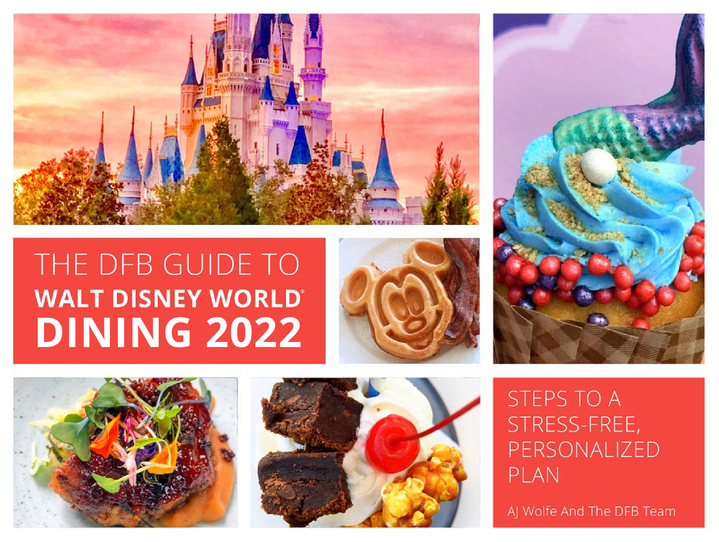 With more than 750 pages, the 2022 DFB Guide to Walt Disney World Dining is full of tips and planning tools developed by Disney World experts over 30+ years of visits. We've done the research for you, so you'll know just which spots will uniquely suit your family's needs!
With more than 750 pages, the 2022 DFB Guide to Walt Disney World Dining is full of tips and planning tools developed by Disney World experts over 30+ years of visits. We've done the research for you, so you'll know just which spots will uniquely suit your family's needs!With mini-reviews of every single restaurant, bar, lounge, kiosk and more; an entire chapter on the best snacks in Disney World; full Disney Dining Plan analysis (and how to get FREE dining); and a full chapter on discounts and deals; you'll have everything you need to plan your best vacation yet.
Click here to order your copy of the 2022 DFB Guide to Walt Disney World Dining E-book with code WDW2022 to save 25% off the cover price today!
Use code WDW2022 at check-out for 25% off the cover price today!
Our guides are backed by a 100% money-back guarantee, so you have nothing to lose.

What big things do you think could change in Disney’s future? Tell us in the comments!
The post 8 BIG Things That Will CHANGE in Disney’s Future first appeared on the disney food blog.
from the disney food blog https://ift.tt/C5xTBMm

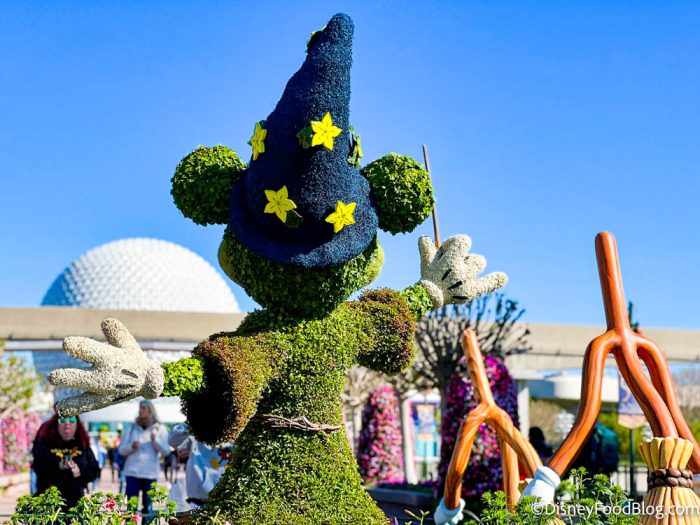


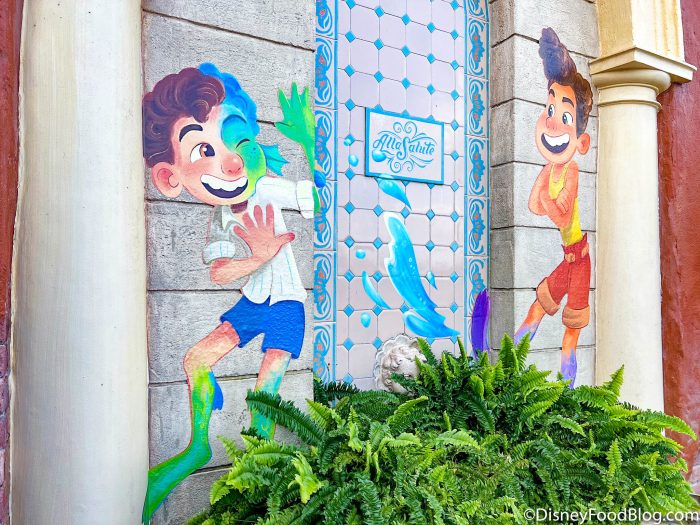
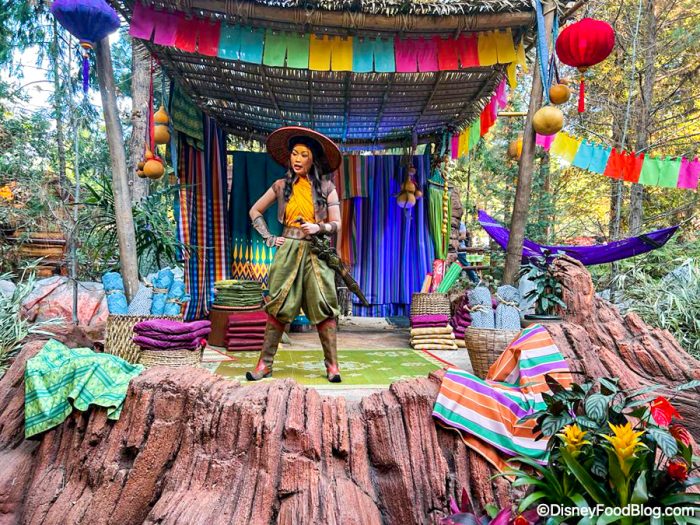
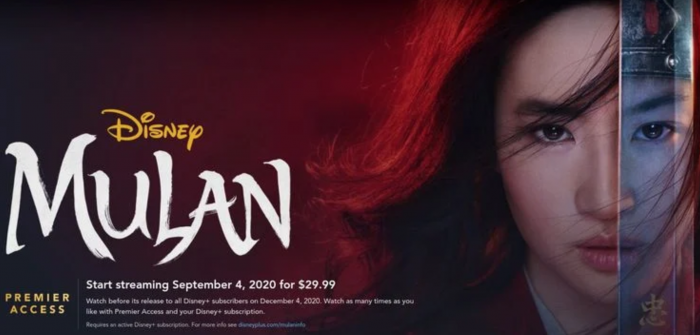
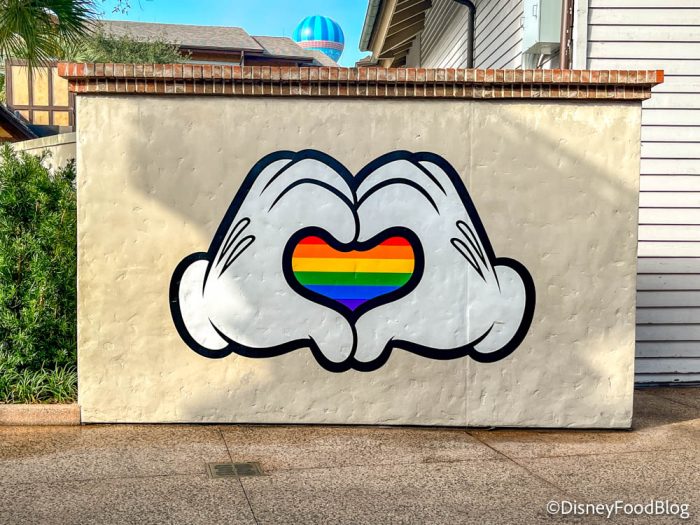

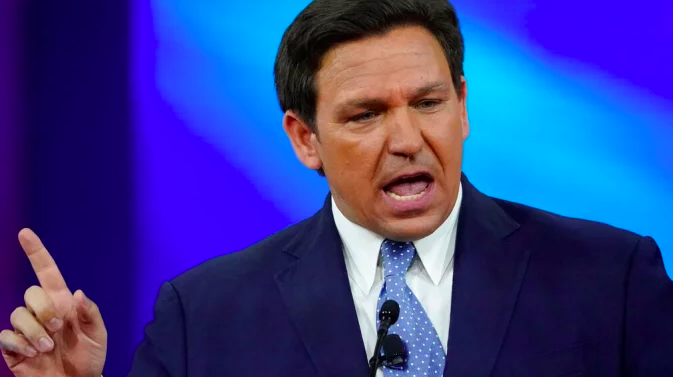
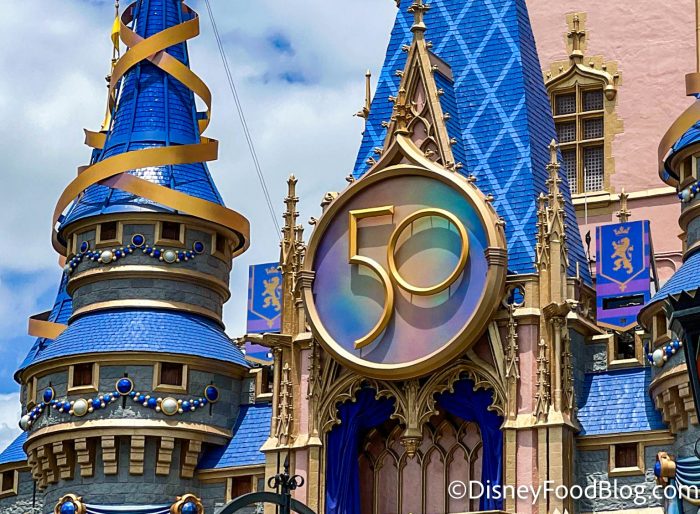
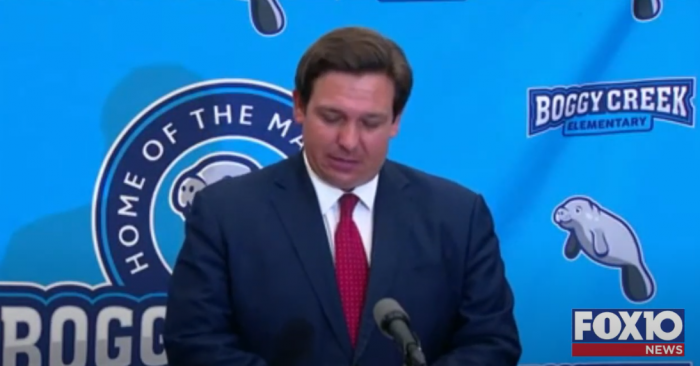
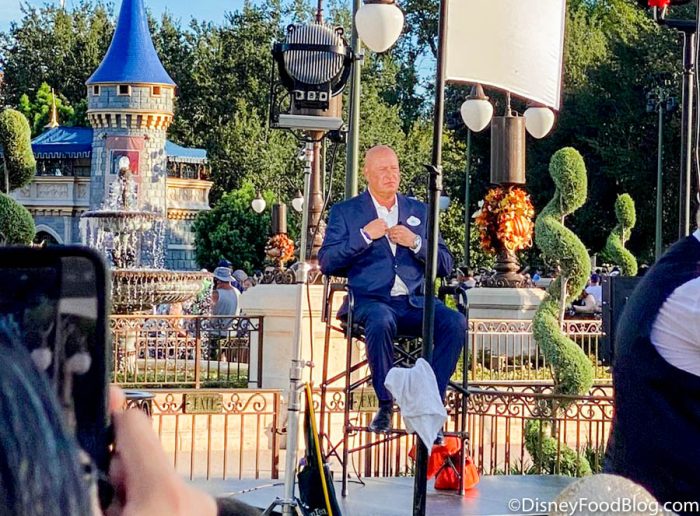
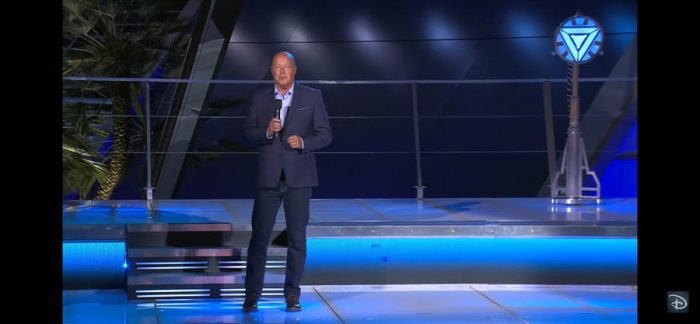
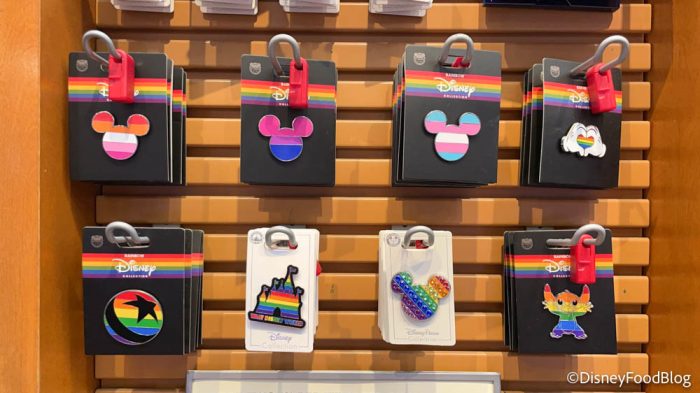
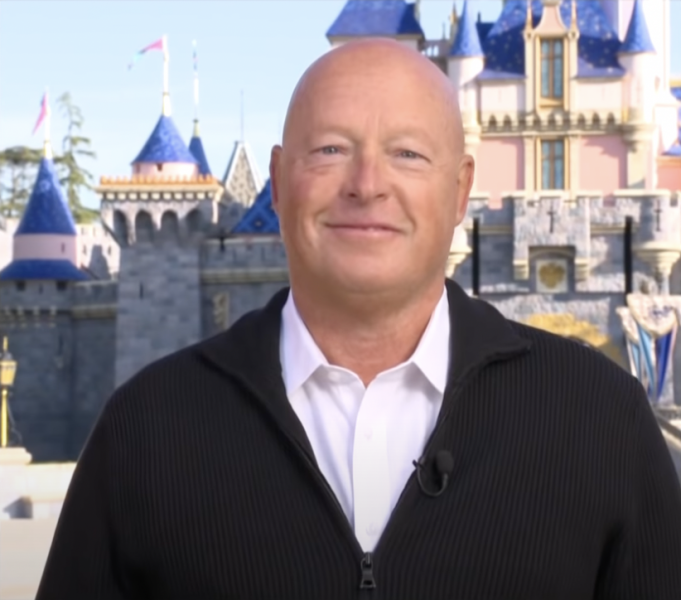
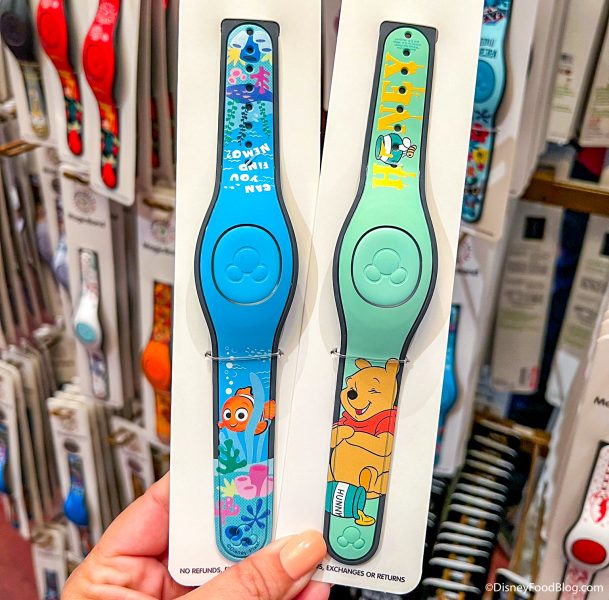
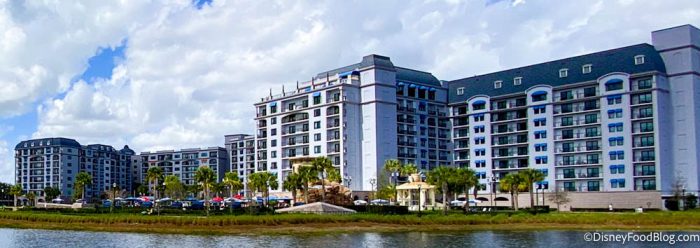

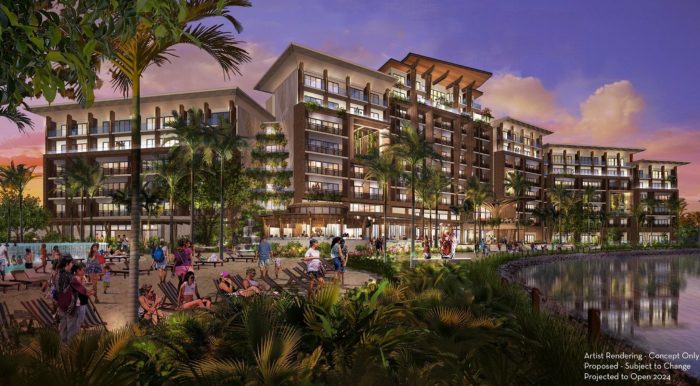
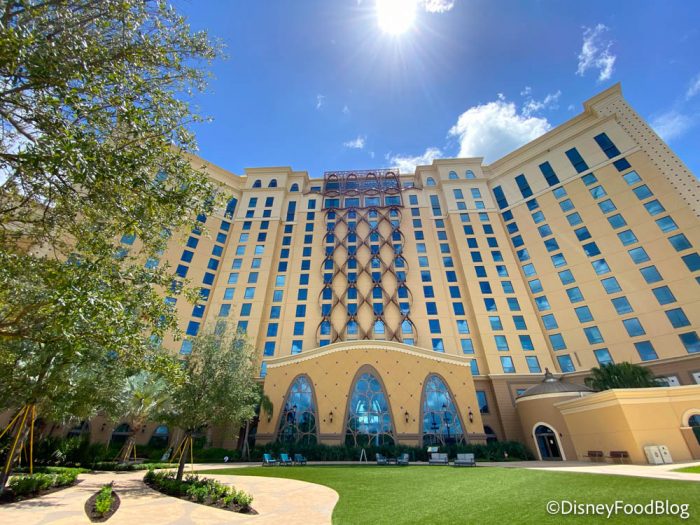
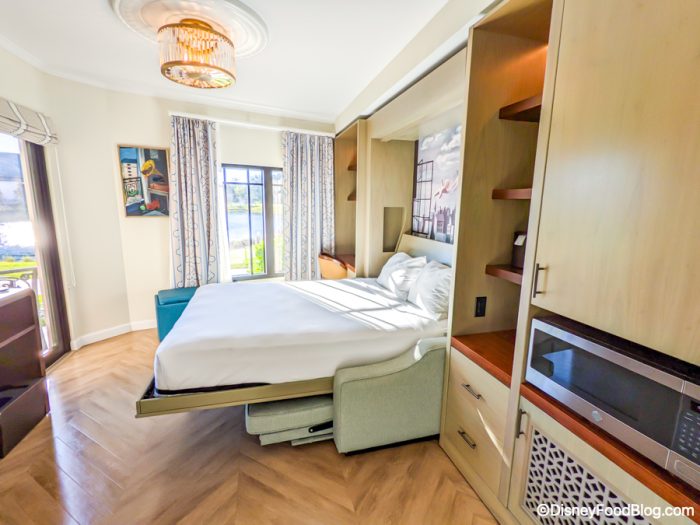
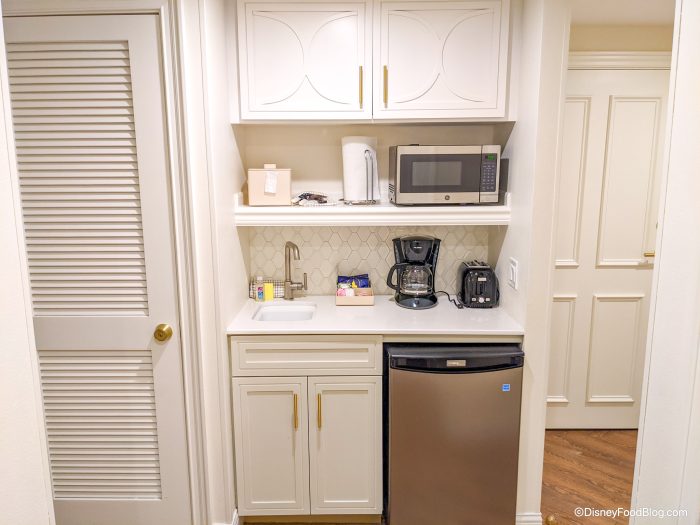
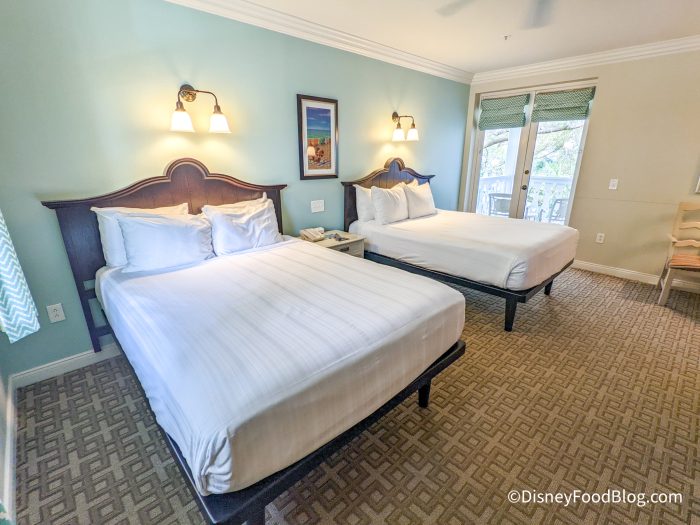
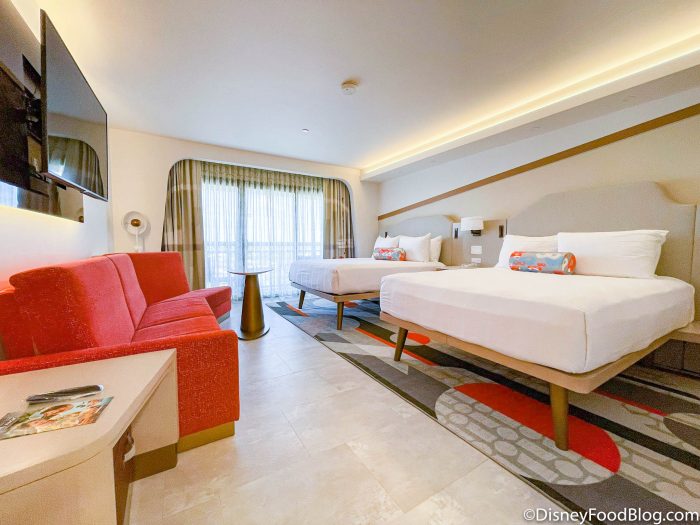
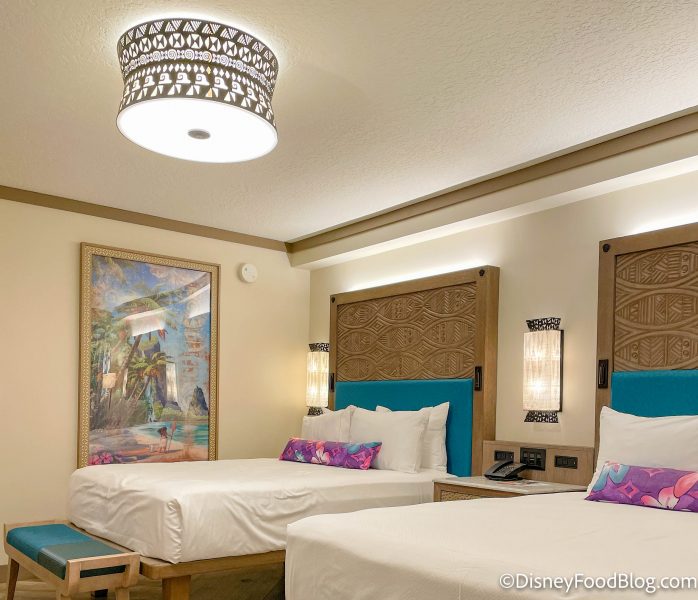

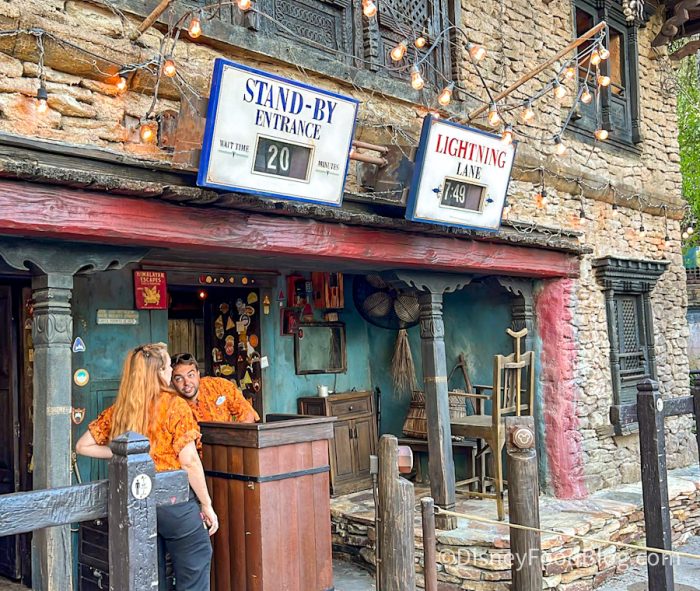
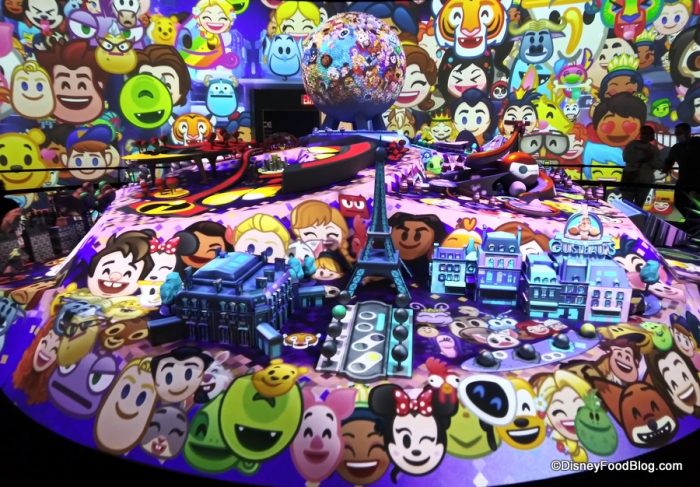
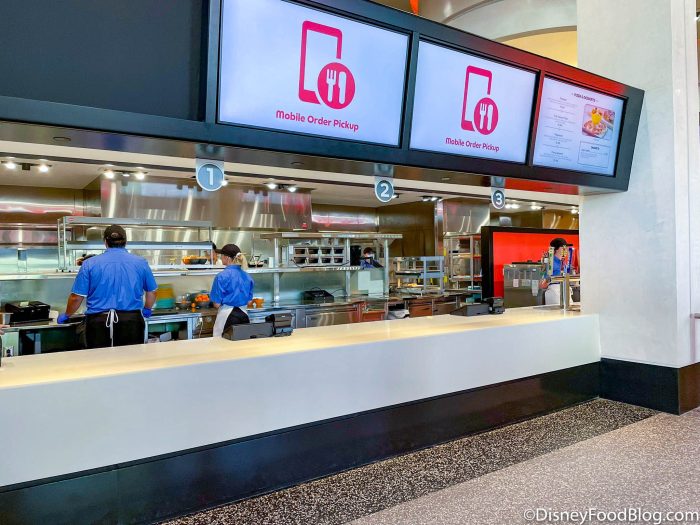
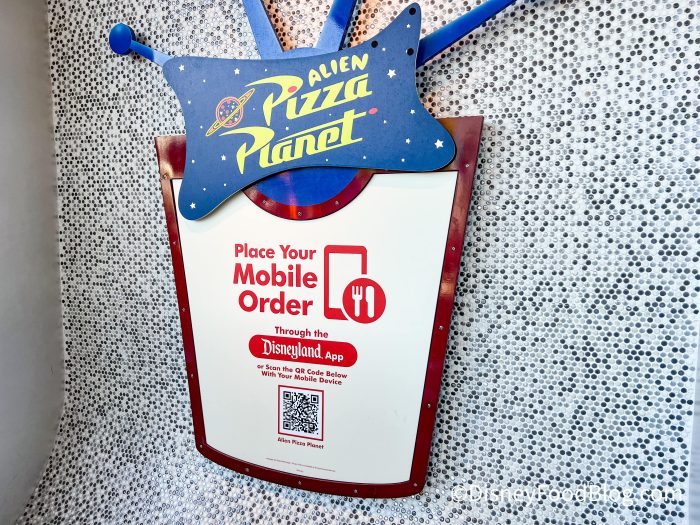

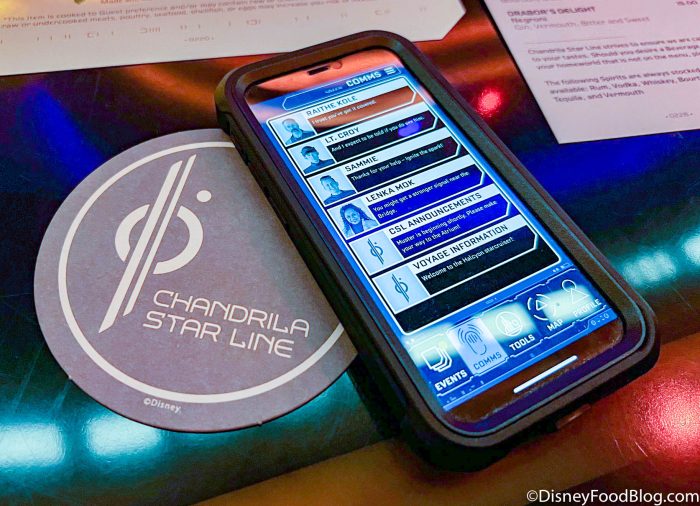
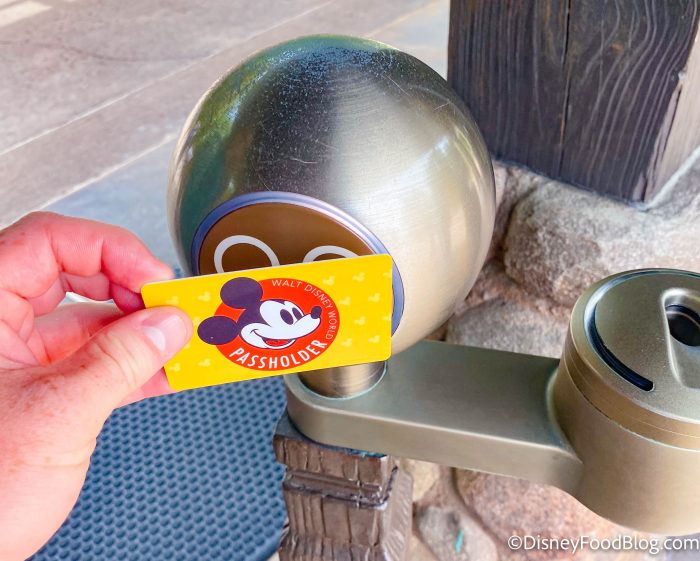
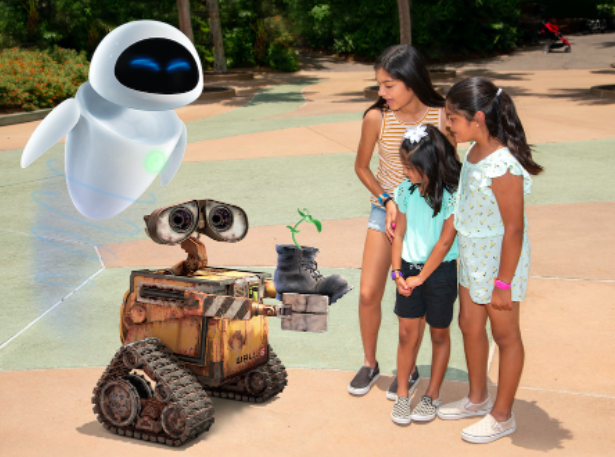

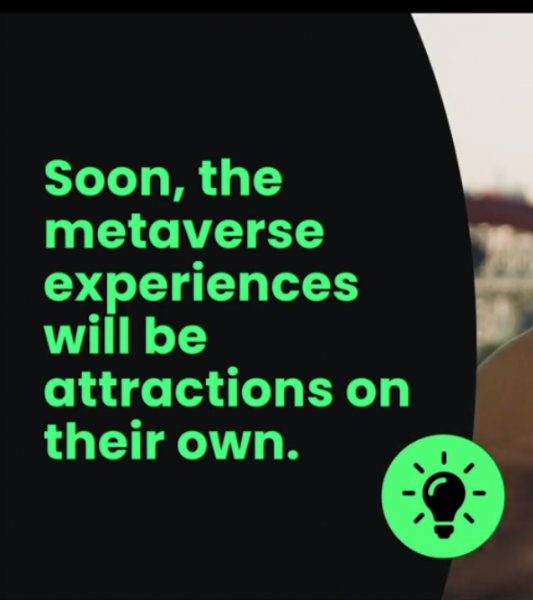
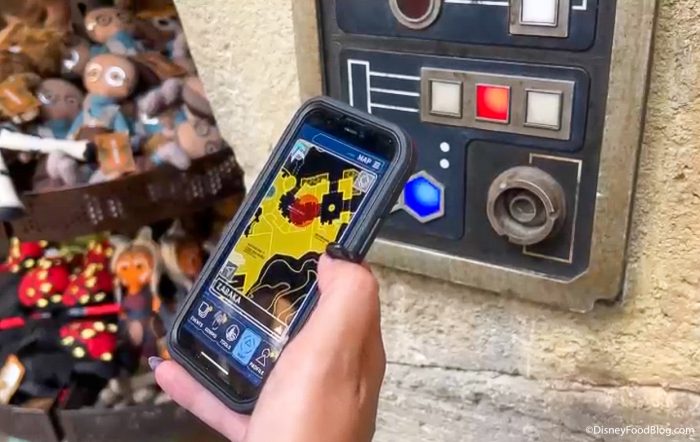
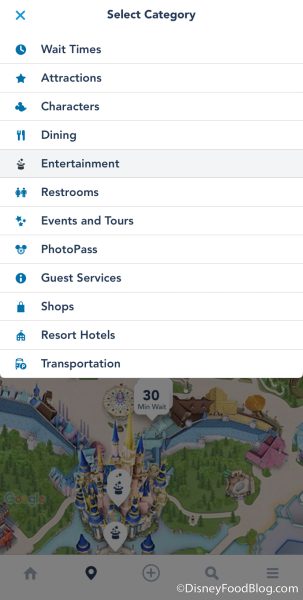

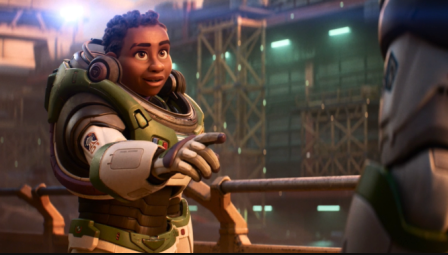
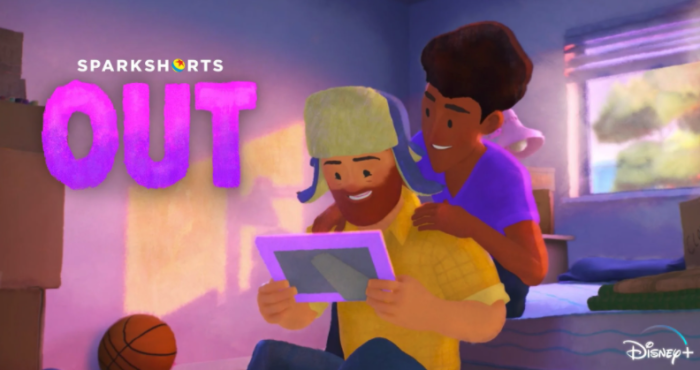
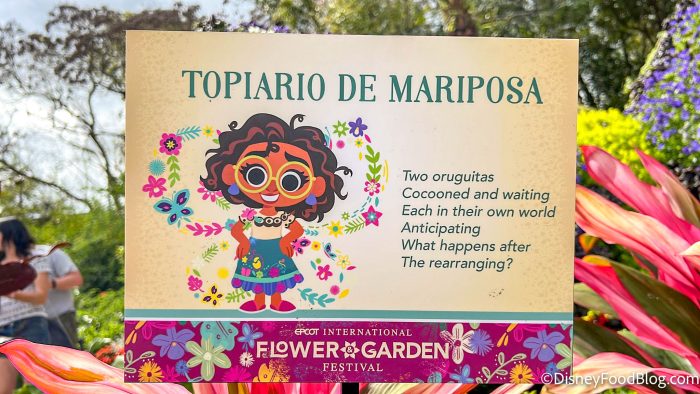
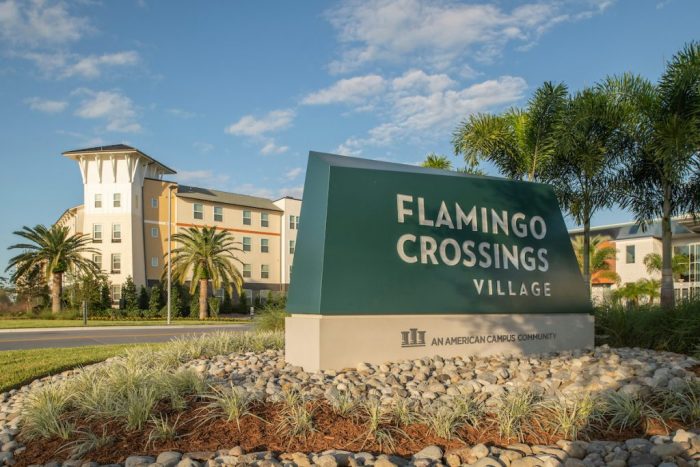


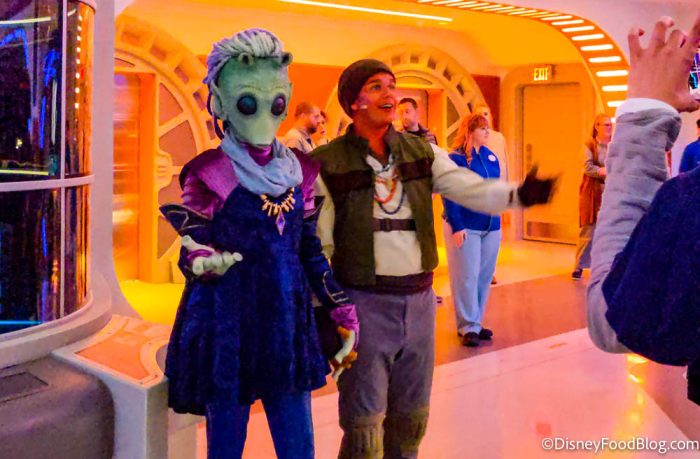
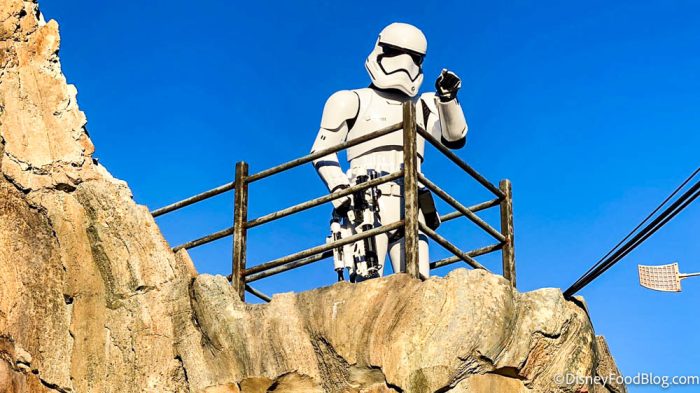
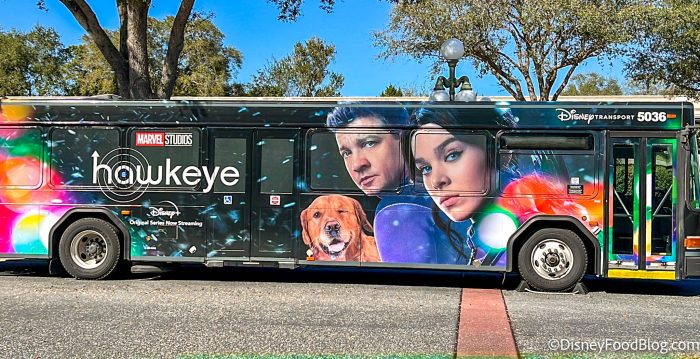
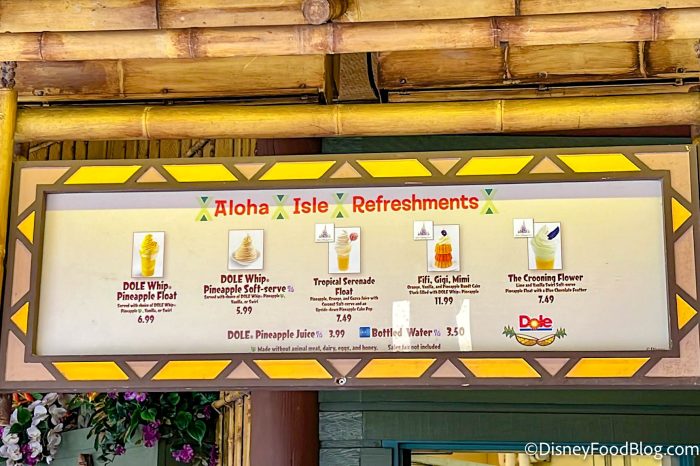
Post a Comment